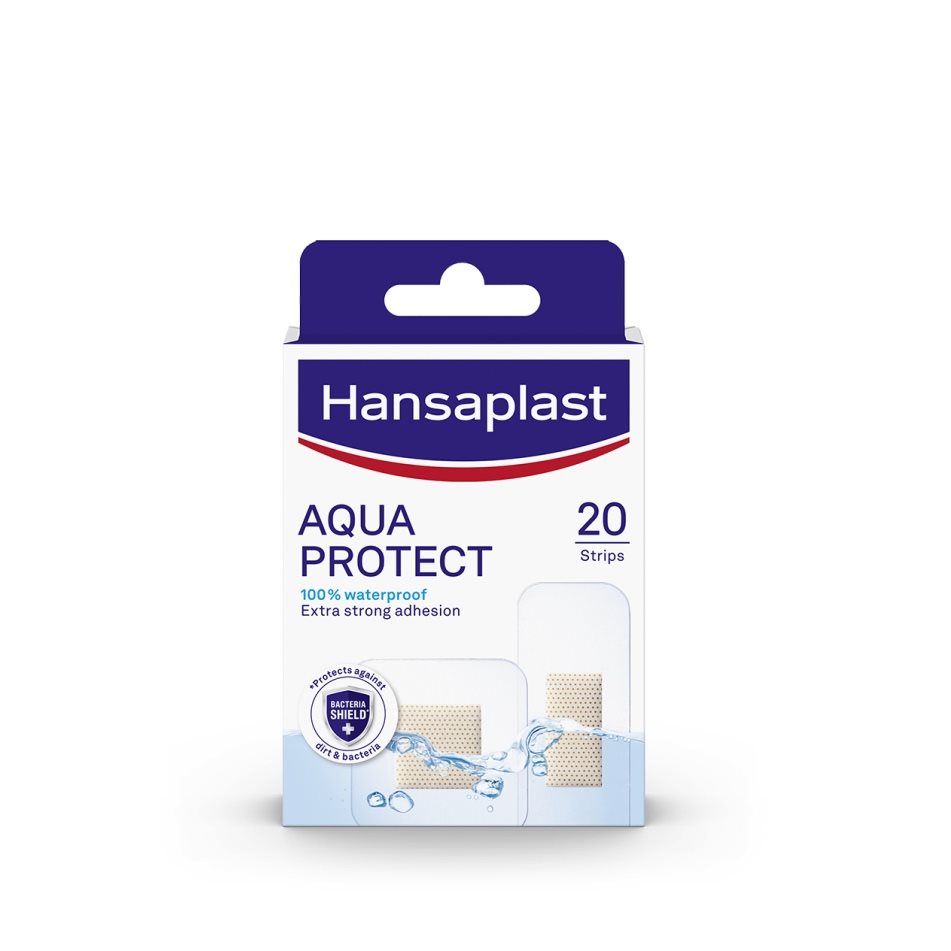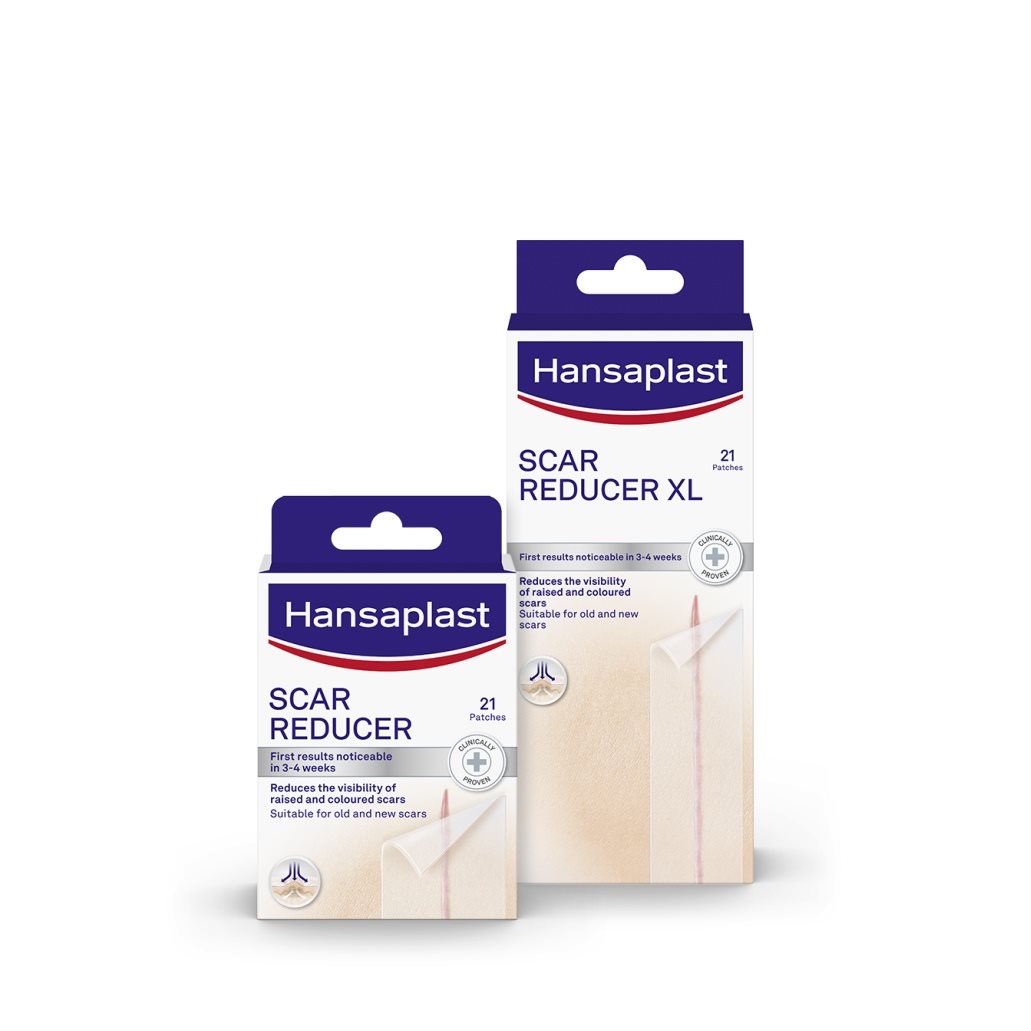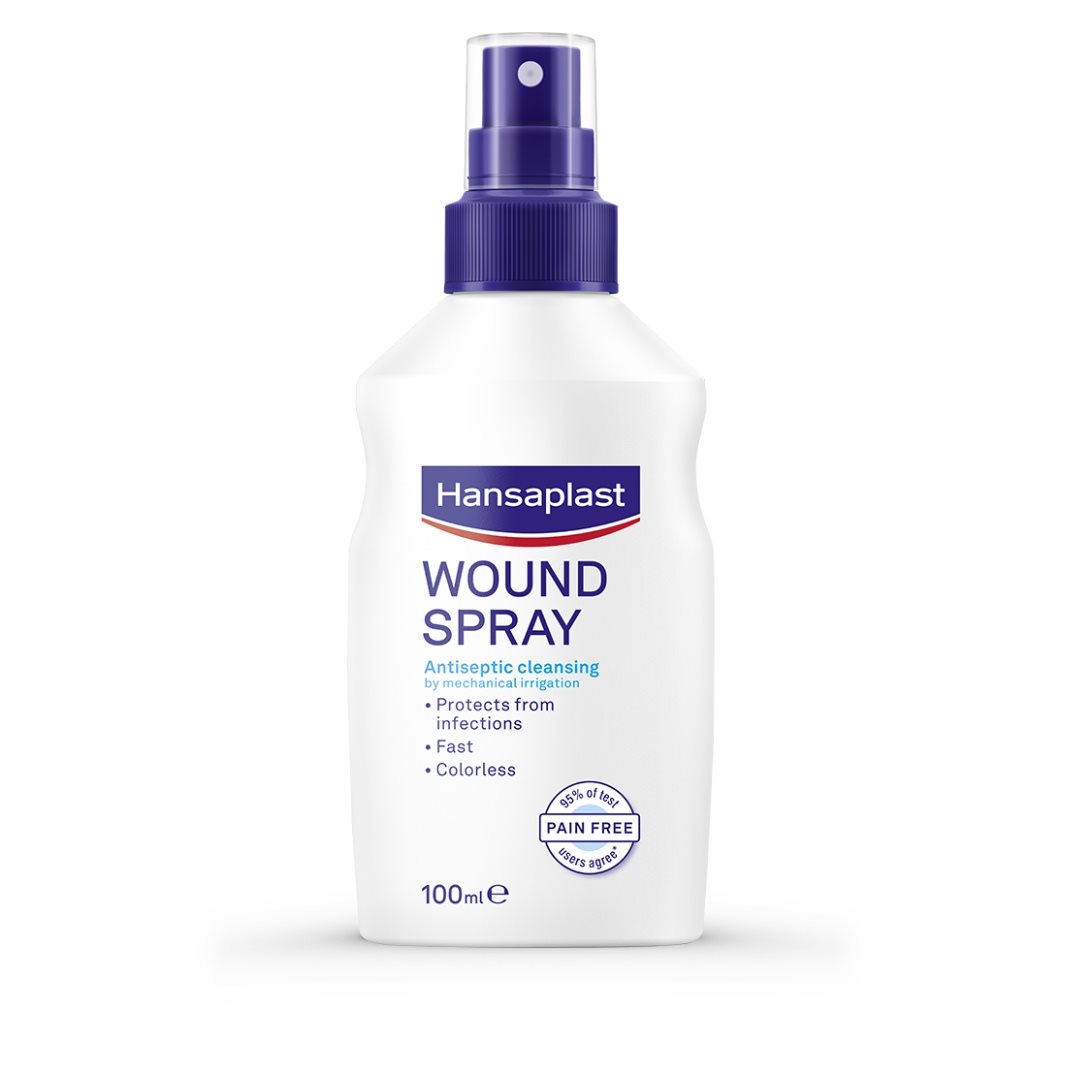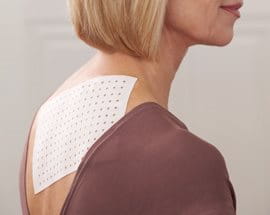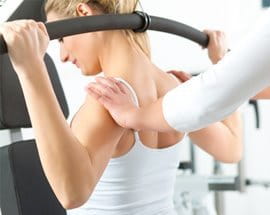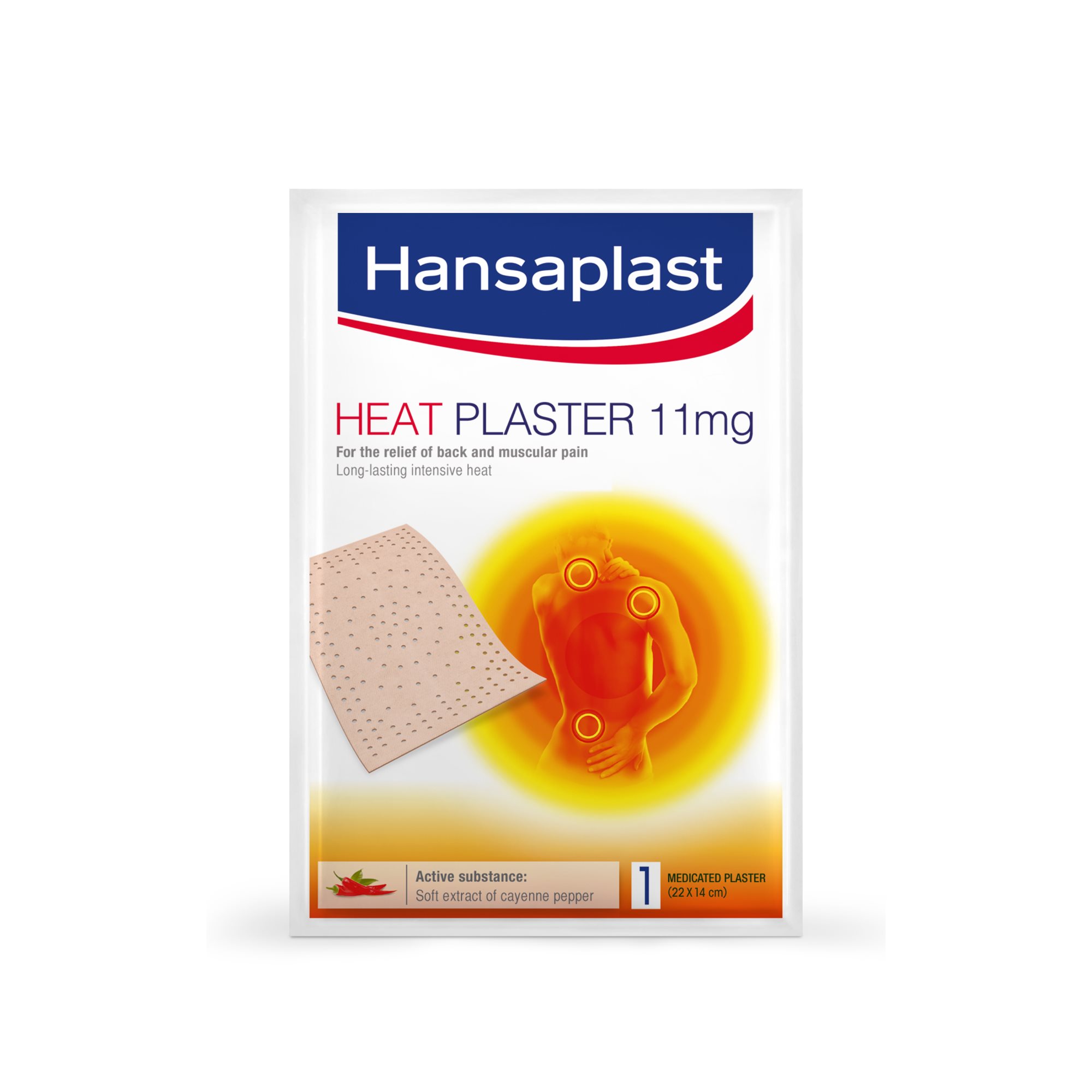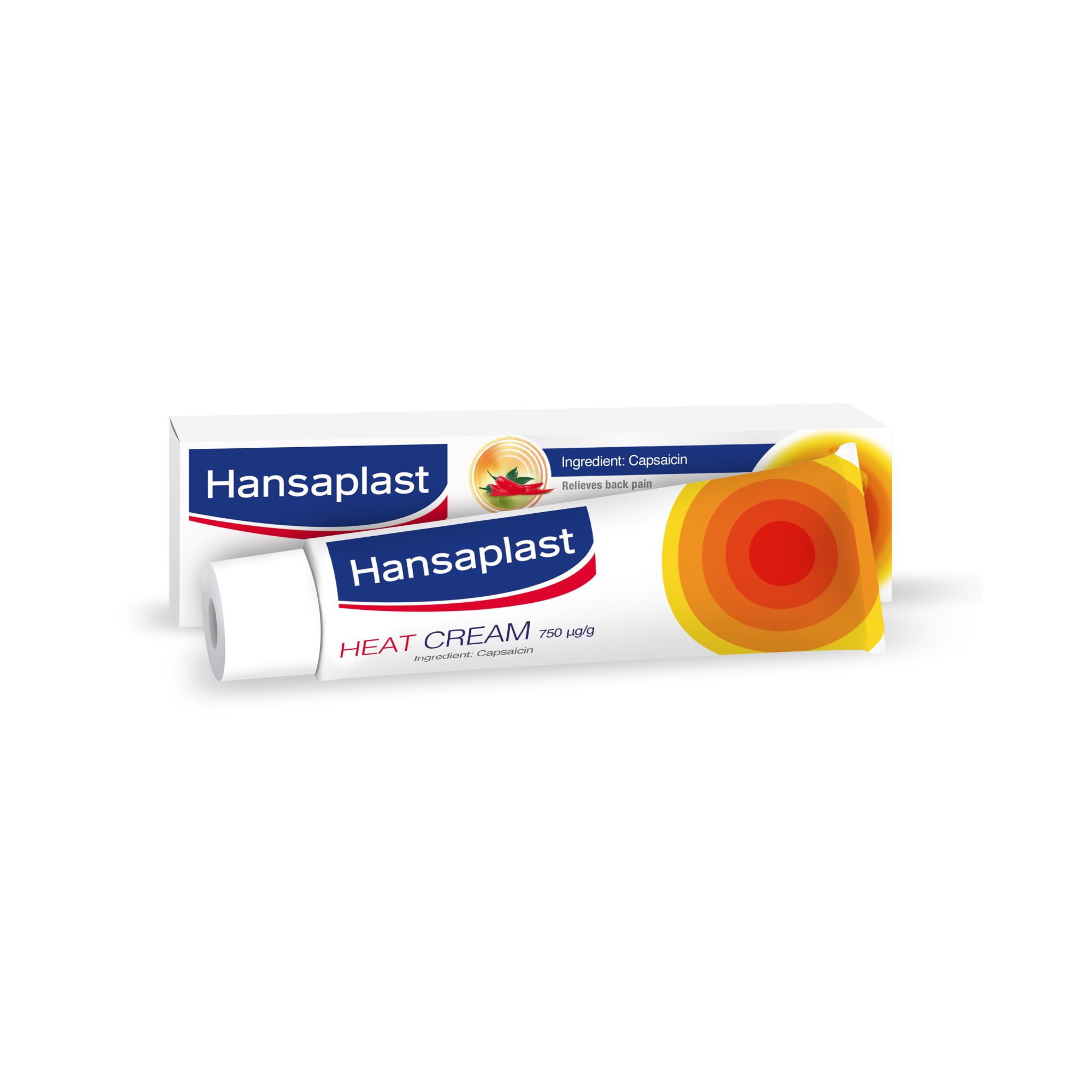About - Info On Upper Back, Neck And Shoulder Pain
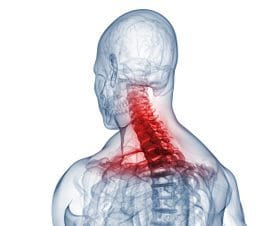
Even athletes can suffer from neck pain, due to weak muscles, as upper thoraic training is not a neck training. Neck muscles need to be addressed specifically!
Neck pain – What are the most common symptoms?

Problems in the lower neck can radiate to the shoulders or upper arm regions. Pain in the high cervical region of the neck can lead to headaches or other symptoms such as dizziness or even reduced range of motion.
